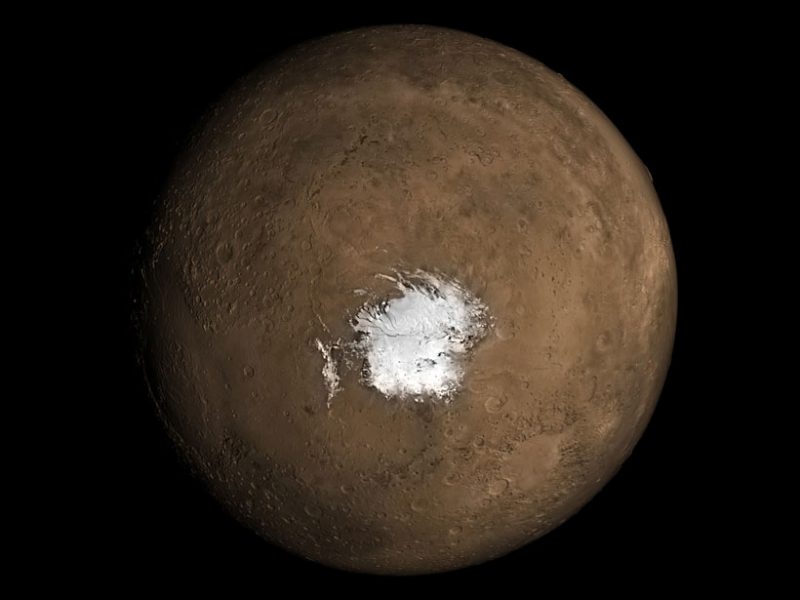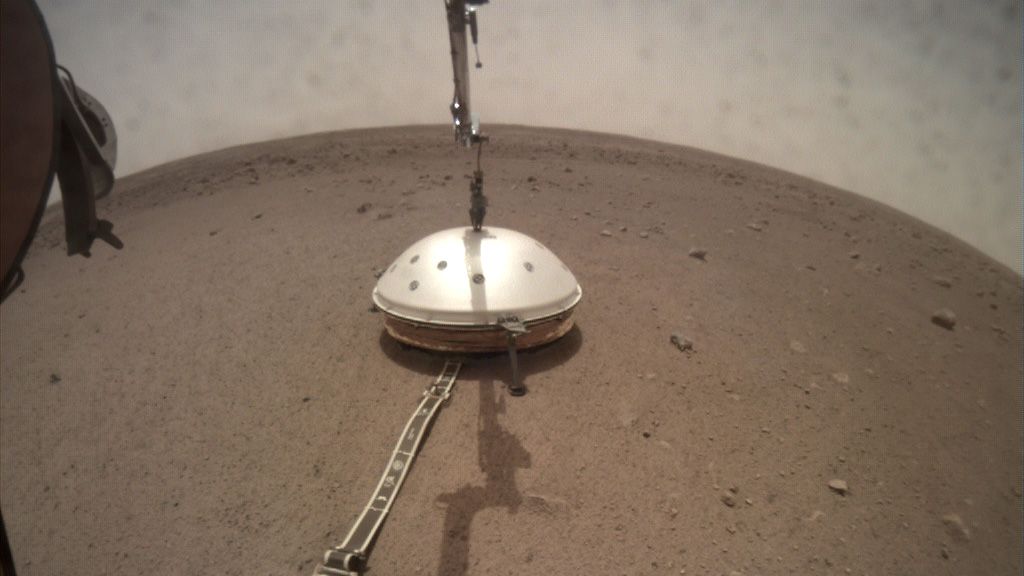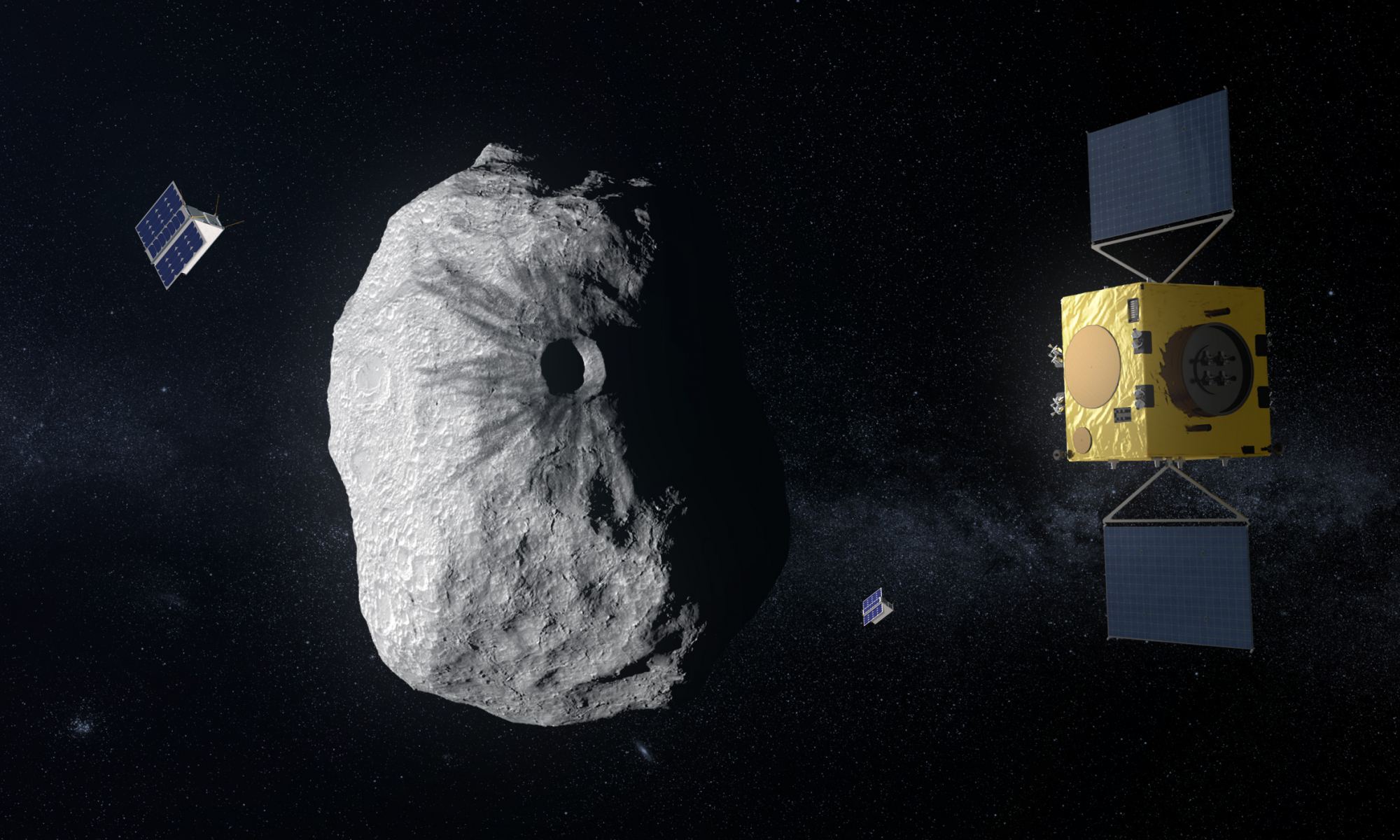A new study shows that Mars may very well be volcanically active. Nobody’s seen direct evidence of volcanism; no eruptions or magma or anything like that. Rather, the proof is in the water.
Continue reading “There’s Evidence that Mars is Still Volcanically Active”Want to Move to Mars? A Round-Trip Ticket Will Only Cost $100,000 According to Elon Musk
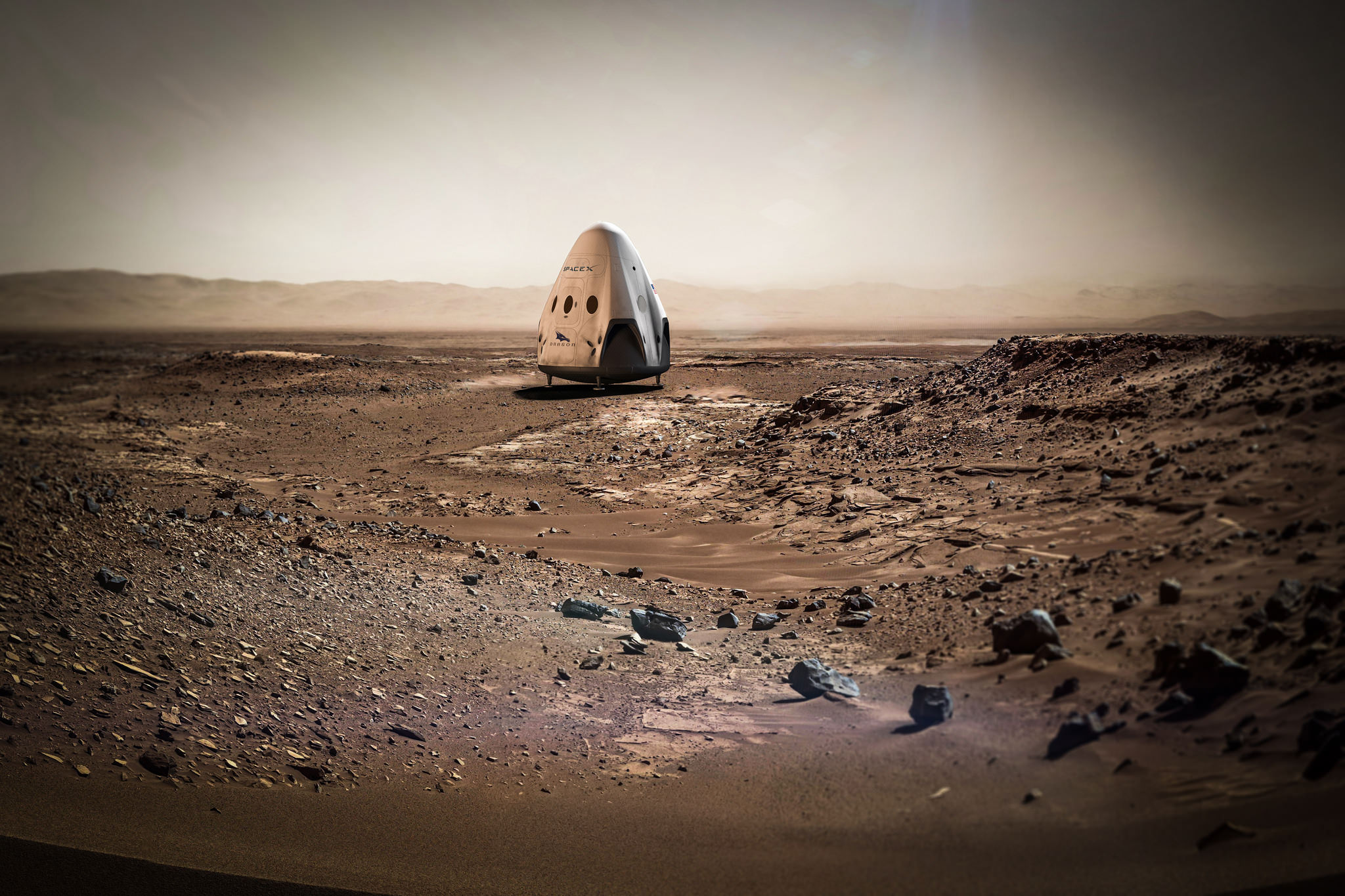
Elon Musk just suggested that the price for a trip to Mars and back could be as low as $100,000. He added the qualifier that the price depends on volume. So it looks like the price is anything but astronomical.
Continue reading “Want to Move to Mars? A Round-Trip Ticket Will Only Cost $100,000 According to Elon Musk”Thanks to Gaia, We Now Know Exactly When We’ll be Colliding with Andromeda
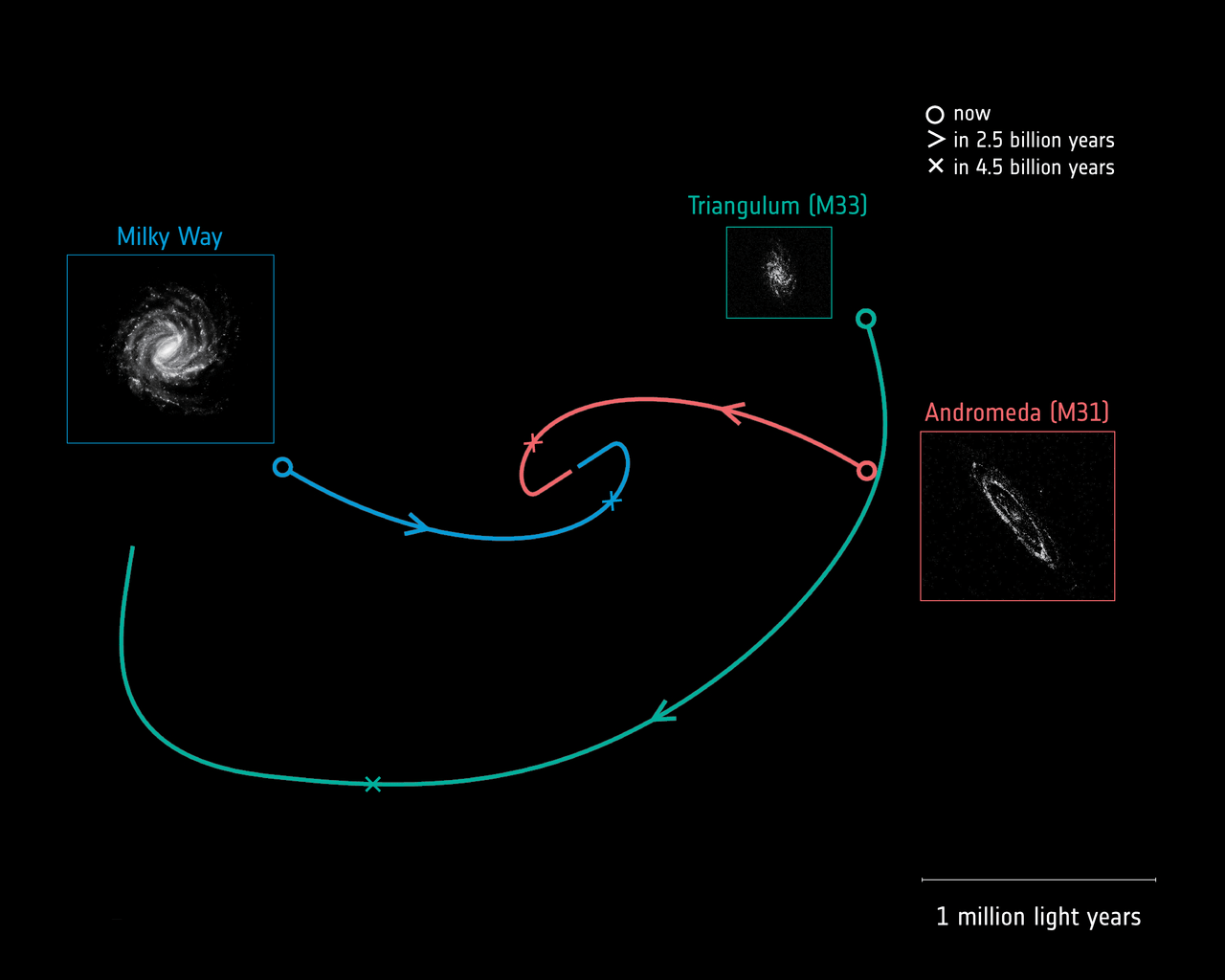
Astronomers have known for some time that the Milky Way and the Andromeda galaxies will collide on some future date. The best guess for that rendezvous has been about 3.75 billion years from now. But now a new study based on Data Release 2 from the ESA’s Gaia mission is bringing some clarity to this future collision.
Continue reading “Thanks to Gaia, We Now Know Exactly When We’ll be Colliding with Andromeda”InSight Just Put a Windshield Over its Seismometer
NASA’s InSight lander arrived on Mars on November 26th, 2018. Since then, it’s been busying itself studying its landing spot, and taking its time to carefully place its instruments. It spent several weeks testing the seismometer and adjusting it, and now it’s placed the domed, protective shield over the instrument.
Continue reading “InSight Just Put a Windshield Over its Seismometer”ESA is Planning a Mission to the Smallest Spacerock Ever Visited: the Moon of an Asteroid
For some small minority of humans, Death By Asteroid is a desirable fate. The idea probably satisfies their wonky Doomsday thinking. But for the rest of us, going out the same way the dinosaurs did would just be embarrassing. Thankfully, the ESA’s Hera mission will visit the smallest spacerock ever, and will help us avoid going the way of the dinosaurs.
For added kicks, it will forestall the happiness of any over-earger doomsday cultists, and the rest of us can revel in their existential anguish.
Continue reading “ESA is Planning a Mission to the Smallest Spacerock Ever Visited: the Moon of an Asteroid”Two Newly-Discovered Exoplanets are Probably the Result of a Catastrophic Collision
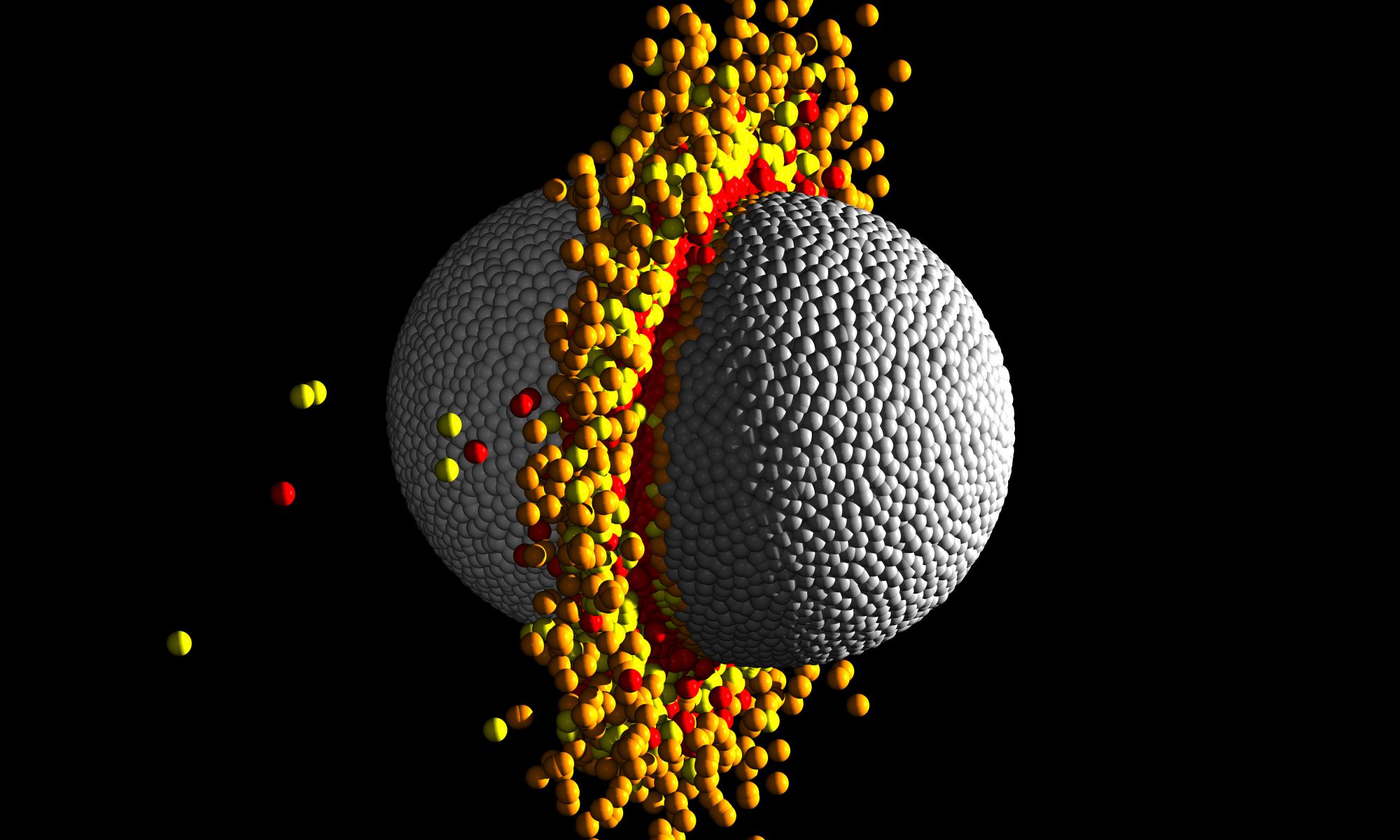
How can two planets so similar in some respects have such different densities? According to a new study, a catastrophic collision may be to blame.
In our Solar System, all the inner planets are small rocky worlds with similar densities, while the outer planets are gas giants with their own similar densities. But not all solar systems are like ours.
Continue reading “Two Newly-Discovered Exoplanets are Probably the Result of a Catastrophic Collision”NASA used Curiosity’s Sensors to Measure the Gravity of a Mountain on Mars
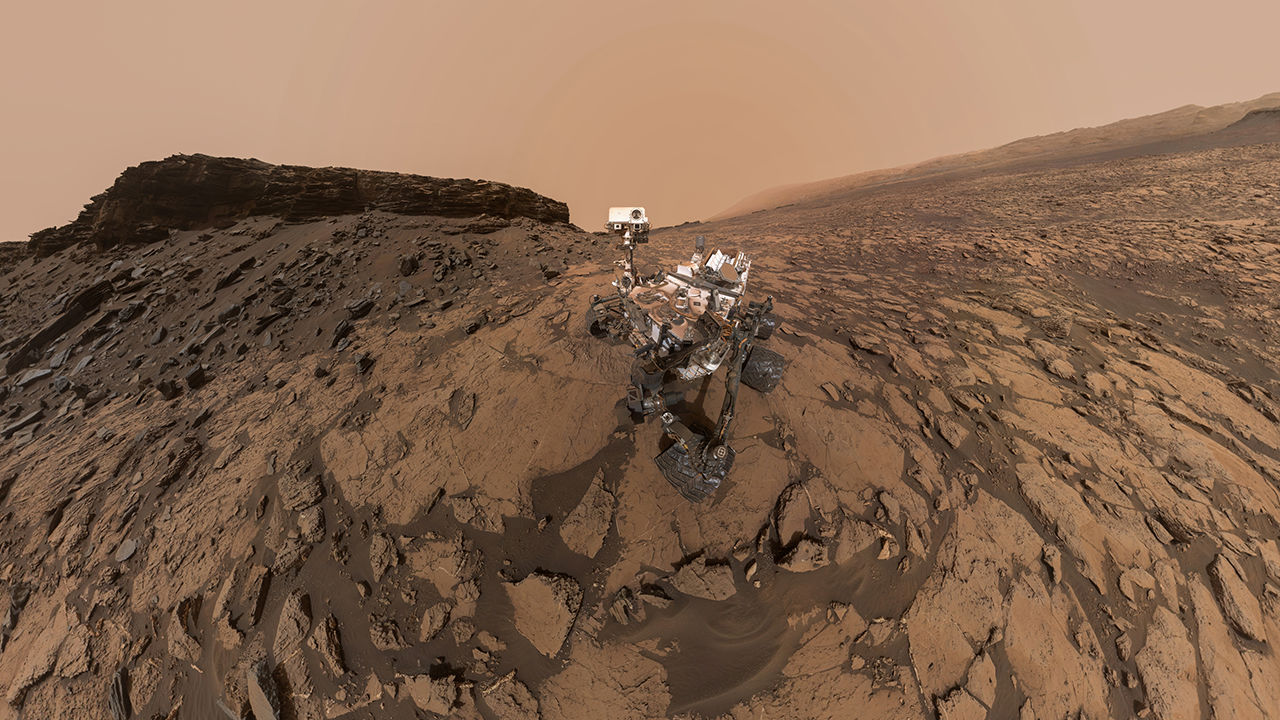
Some very clever people have figured out how to use MSL Curiosity’s navigation sensors to measure the gravity of a Martian mountain. What they’ve found contradicts previous thinking about Aeolis Mons, aka Mt. Sharp. Aeolis Mons is a mountain in the center of Gale Crater, Curiosity’s landing site in 2012.
Gale Crater is a huge impact crater that’s 154 km (96 mi) in diameter and about 3.5 billion years old. In the center is Aeolis Mons, a mountain about 5.5 km (18,000 ft) high. Over an approximately 2 billion year period, sediments were deposited either by water, wind, or both, creating the mountain. Subsequent erosion reduced the mountain to its current form.
Now a new paper published in Science, based on gravity measurements from Curiosity, shows that Aeolis Mons’ bedrock layers are not as dense as once thought.
Continue reading “NASA used Curiosity’s Sensors to Measure the Gravity of a Mountain on Mars”Newborn Stars in the Orion Nebula Prevent Other Stars from Forming

The Orion Nebula is one of the most observed and photographed objects in the night sky. At a distance of 1350 light years away, it’s the closest active star-forming region to Earth.
This diffuse nebula is also known as M42, and has been studied intensely by astronomers for many years. From it, astronomers have learned a lot about star formation, planetary system formation, and other bedrock topics in astronomy and astrophysics. Now a new discovery has been made which goes against the grain of established theory: stellar winds from newly-formed massive stars may prevent other stars from forming in their vicinity. They also play a much larger role in star formation, and in galaxy evolution, than previously thought.
Continue reading “Newborn Stars in the Orion Nebula Prevent Other Stars from Forming”Crew Dragon Rolls Out to the Launch Pad. Demo-1 Flight Should Happen Shortly
The long-anticipated first flight of the SpaceX Crew Dragon is almost here. Early in January, the Crew Dragon was rolled out of its hangar at Kennedy Space Center, and on January 24th it performed a brief static firing as part of its testing. The Crew Dragon’s inaugural flight, called Demo-1, is not far off.
Neither NASA nor SpaceX has given us a date for Demo-1, but we’re getting close.
Continue reading “Crew Dragon Rolls Out to the Launch Pad. Demo-1 Flight Should Happen Shortly”Tiny Object Found at the Edge of the Solar System for the First Time. A Kuiper Belt Object that’s Only 2.6 km Across
The Kuiper Belt, or the Edgeworth-Kuiper Belt, is home to ancient rocks. Kuiper Belt Objects, or KBOs, are remnants of the early planet-formation days of our Solar System. Small KBOs, in the 1 km. diameter range, have been theorized about for decades, but nobody’s every found one.
Until now.
Continue reading “Tiny Object Found at the Edge of the Solar System for the First Time. A Kuiper Belt Object that’s Only 2.6 km Across”
